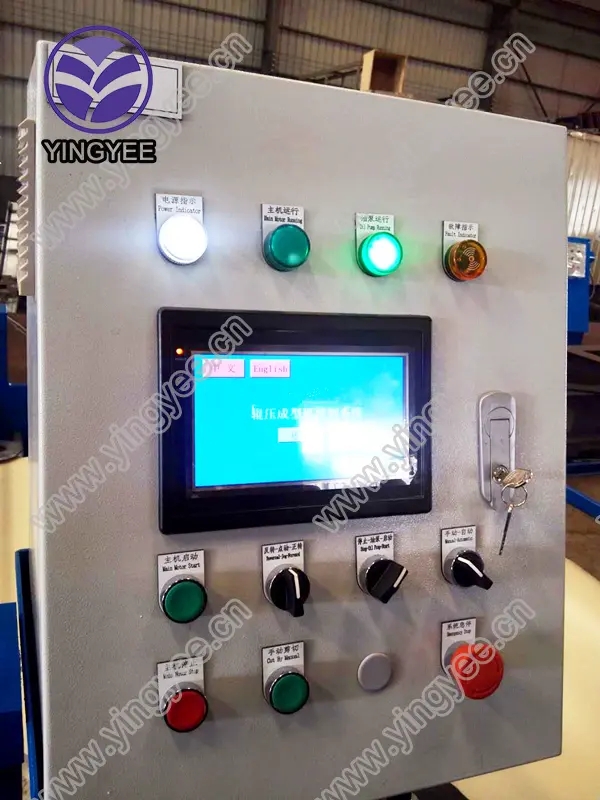
The Role of Steel Curving Unistrut Roll Forming Machines in Modern Construction
In the modern construction industry, efficiency and precision are paramount. One key innovation that has revolutionized the fabrication of steel components is the steel curving unistrut roll forming machine. This specialized machinery is designed to create curved metal sections from unistrut profiles, which are widely used in the construction of support structures, frameworks, and various installations. Understanding the significance of this technology can provide insights into its implications for the construction sector.
What is Unistrut?
Unistrut, often referred to as a channel or strut, is a type of metal framing system commonly made from galvanized steel. It provides versatile supports for various applications, including HVAC systems, electrical installations, and general structural support. The ability to customize unistrut profiles enhances their utility in completing different projects.
The Process of Roll Forming
Roll forming is a continuous bending process in which a long strip of metal is passed through a series of rollers, each incrementally bending the metal into desired shapes. Steel curving unistrut roll forming machines take this technique a step further by allowing operators to create curved designs, which are often required for modern architectural aesthetics and functional requirements. The process typically begins with flat metal sheets that are processed through various rollers that shape them into the unistrut profile before curving them to meet specific project requirements.
Benefits of Using Steel Curving Unistrut Roll Forming Machines
1. Precision and Consistency One of the primary advantages of using roll forming machines is the high level of precision they offer. Each piece produced is uniform and meets tight tolerances, ensuring that every component fits perfectly in the final structure. This precision reduces the need for on-site adjustments, which can be time-consuming and costly.

2. Increased Efficiency The automated nature of roll forming allows for rapid production rates. Once the setup is complete, these machines can produce large quantities of curved unistrut profiles quickly. This efficiency is crucial in meeting deadlines on construction projects where time is of the essence.
3. Material Utilization Roll forming is known for its minimal waste generation. Unlike traditional methods, where excess material may be discarded, roll forming optimizes material use to create the final product, resulting in lower material costs and less environmental impact.
4. Customization Capabilities Steel curving unistrut roll forming machines can be easily adjusted to accommodate various sizes and shapes of unistrut profiles. This adaptability enables manufacturers to meet specific project requirements and client specifications without substantial delays or additional costs.
5. Durability and Strength The materials used in unistrut systems are typically high-strength steel, which ensures durability and resistance to various environmental factors. Curved unistrut profiles retain these properties, making them suitable for both indoor and outdoor application scenarios.
Applications in Construction
The applications of steel curving unistrut roll forming machines are vast. In commercial construction, these curved profiles can be utilized in support systems for ceilings, awnings, and other architectural features that require both strength and aesthetic appeal. In industrial settings, they can support heavy machinery, ductwork, and electrical conduits. Furthermore, with the increasing popularity of curved designs in modern architecture, these machines have become indispensable in creating unique structures that push the boundaries of conventional design.
Conclusion
As the construction industry continues to evolve, the demand for innovative solutions that enhance efficiency and reduce costs will persist. Steel curving unistrut roll forming machines represent a significant advancement in the fabrication of metal components, offering numerous benefits that align with the needs of contemporary construction. By combining precision, efficiency, and adaptability, these machines not only streamline the production process but also contribute to the overall aesthetic and functional quality of construction projects. As architects and builders increasingly seek unique designs and robust structures, the role of roll forming technology will undoubtedly grow, securing its place as a fundamental aspect of modern construction practices.